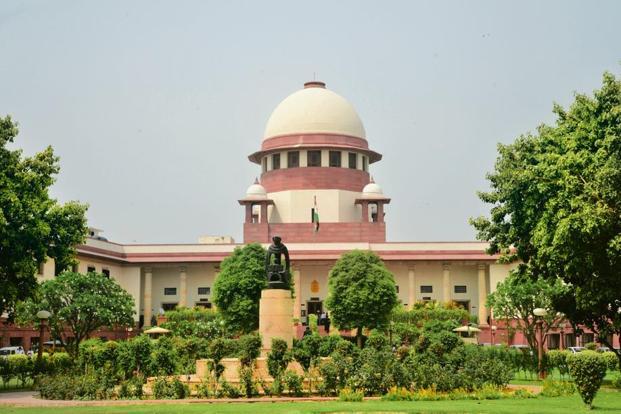Vice President Venkaiah Naidu on Saturday suggested splitting the Supreme Court to tackle constitutional matters and appeals and he simultaneously pitched for the formation of four regional benches of the top court to ensure speedy and effective disposal of the cases. Speaking at a gathering on the release of a book on the writings of eminent jurist late PP Rao, Naidu referred to the recommendation of the Parliamentary Standing Committee on Law and Justice on having regional benches of the Supreme Court on trial basis.
Driving his point, the Upper House Chairman said: “The SC shall sit in Delhi or in such other place or places, as the Chief Justice of India may, with the approval of the President, from time to time appoint.”
The full bench of the Supreme Court has on multiple occasions maintained that there is no need for its benches outside Delhi and rejected the proposals of Standing Committee.
The Full Court, comprising 27 judges and headed by then Chief Justice of India K.G. Balakrishnan had last rejected the appeal in 2009 stating that dividing the Supreme Court would affect the country’s unitary character.
Successive parliamentary committees have clarified that setting up Benches outside Delhi “would neither impair unity and integrity nor undermine the importance of the Supreme Court.”
Naidu referred to Article 130 and said the move to bring about the changes in the apex court would not require an amendment to the Constitution.
“If Article 130 is liberally interpreted, no constitutional amendment may be required for setting up Cassation Benches in four regions and a Constitution Bench at Delhi. If it is found that Article 130 cannot be stretched to make it possible to implement the recommendations, Parliament should enact suitable legislation/constitutional amendment for this purpose,” he said.
To cut the present delays in justice delivery where more often than not we hear the phrase “Justice delayed is justice denied”, Naidu urged that standard operating procedures (SOPs) may be evolved by the judiciary through which the number of permissible adjournments can be specified and a time limit can be set for the disposal of cases based on the nature of issues involved.
The Vice President also urged the government to be “much more proactive” in addressing a large number of pending vacancies in the judicial system to avoid delay in justice.
He urged that the judiciary and government act in tandem and avoid the delay in justice. The current Judge to Population ratio is 10 to 1 million. The Law Commission’s report of 1987 recommends at least 50 to 1 million.
A mere look at the official data available on Supreme Court’s website https://sci.gov.in/statistics is enough to tell you the gargantuan number of cases pending in the country’s highest court of law.
As per the National Judicial Data Grid, the situation of lower courts is very grim and upwards of 29.7 million civil and criminal cases are pending in these courts across the country. Two civil cases have been pending since 1951.
When the argument that High Courts have been institutionalized to take the load off SC is put forth, it seems logical and right at the time. But going by the inefficiency and the huge pile of cases pending in High Courts (Around 49 lakh cases are pending in different High Courts across the country), it makes Supreme Court’s statistics look dwarf in comparison, and therefore it is being iterated that setting up regional benches of SC is only going to expedite the judicial process and help the common man who sometimes, has to travel the length of the country and spend huge amounts of money and energy to pursue cases filed at the sole Bench of the Supreme Court in Delhi.
The rigid structure that the Indian judiciary and especially Supreme Court has made itself adhere to has to be changed. The highest court of appeal of India needs to understand that with changing times, the judiciary has to evolve too. It can no longer operate with the same, age-old set of guidelines. Sometimes, to deliver justice, going out of the conventional ways is the only way.
